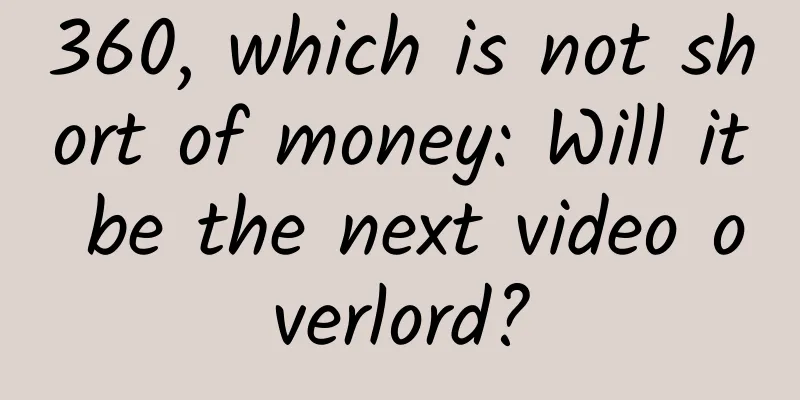Should I give up wireless charging to avoid iPhone battery aging?

|
For smartphones, the convenience of wireless charging is self-evident, but more and more users who buy the current first-generation iPhone are gradually returning to wired charging. Why is this? Looking through the discussions of netizens, it is not difficult to find that faster wired charging must be the main reason, but some netizens also have reasonable doubts that frequent use of wireless charging is not good for the long-term life of the iPhone battery. Is this really the case? According to Apple's official website for the lithium-ion polymer battery used in the iPhone, the life of all iPhone rechargeable batteries is limited, but in Apple's official test, the battery can still retain up to 80% of its original battery capacity after completing 500 charging cycles (if the discharge reaches 100% of the battery capacity, a charging cycle is completed). Of course, Apple also stated that the battery life may vary depending on the use of the device. If the battery needs to be charged more and more frequently, it may be time to need official "battery after-sales service." From Apple's explanation, it is clear that the battery life has an end, but if the usage is different, it is undeniable that some iPhones can still have more than 80% of the original battery capacity after completing 500 charging cycles. I believe that iPhones with healthier battery life than this do exist. However, once it reaches 500 charging cycles, the battery is not so durable, the battery life becomes shorter, and it is easily affected by temperature. Therefore, ideally, after the iPhone battery has completed 500 charging cycles, it should be replaced with a new battery as the official said. After all, the official also said that the deeper the battery aging, the shorter the battery life will be, and the charging frequency will increase. Then again, what do these things have to do with wireless charging and wired charging? Let's talk about it slowly. From the perspective of battery charging cycle, if a new iPhone completes about 90 charging cycles after 4 months of use, it is normal, which is equivalent to 5 or 6 charging cycles a week, without charging once a day. But the reality may be faster, many netizens reach 7 charging cycles a week, or even 8 or more. In other words, according to this speed, it is estimated that in about 18 months, or about a year and a half, the iPhone's charging cycle will reach 450-500 times. Even if you use your iPhone sparingly, it is easy to exceed 500 charging cycles in about 20 months, because the battery life may be affected by temperature changes, or it may be that the performance requirements of the iOS update provided by Apple have changed, causing the iPhone's power consumption to be faster than before. Therefore, although Apple's official definition of the ideal life cycle of an iPhone is to be eliminated after 3 years, it is difficult for the battery to maintain 80% of its original battery capacity in 3 years. Having said so much, let's get back to the question of wireless charging and wired charging. In order to extend the battery life, some netizens believe that when the iPhone is usually charged with wires, although the battery is still continuously powering the device, the load is very, very small, almost non-existent, because a large amount of power supply work is borne by the cable. On the contrary, when using a wireless charging pad to wirelessly charge the iPhone, the burden on the battery is much heavier. Not to mention the work of converting wireless energy, it also needs to continuously power the iPhone, which is equivalent to being in a relatively high-load discharge state for a long time, and there is no chance to breathe like wired charging. Over time, it accelerates the completion of a single charging cycle. Smartphones have become a must-have for almost everyone today. Nowadays, fewer and fewer iPhone users use their iPhones lightly. Therefore, when wireless charging is available, most people buy wireless charging pads and put their iPhones on them when they are not in use. This is a behavior that is easy to get used to, and it is much more time-saving and labor-saving than plugging in cables. However, considering that wireless charging may shorten battery life and make the battery life shorter faster, will you still do this? Of course, the above is just based on the battery charging cycle, and some netizens think that wireless charging should be abandoned. In reality, although wireless charging is not as fast as wired charging, its convenience makes it hard to refuse it, especially for users who change their phones once a year. After all, the purpose of using a new phone is to enjoy the new features, so there is no need to save money. So, what do you think? |
<<: Implementing iPhone X’s FaceID feature with Python and deep learning
>>: Android P preview version hands-on experience: never get lost again
Recommend
What are the effects, functions and consumption methods of Cordyceps sinensis? How much does Cordyceps sinensis cost per gram?
Cordyceps sinensis is a fungus of the ergot famil...
Allergy Revelation: Why are more and more people suffering from allergies?
© Buckhead Primary and Urgent Care Clinic Leviath...
Cutting out carbs? Eating salad? Avoid these 10 pitfalls when losing weight after the Chinese New Year!
Dumplings, glutinous rice balls, sweet and sour p...
Introduction and tips for iQiyi splash screen ads and information flow ads!
Often, advertisers will ask, iQiyi has so many ad...
The temperature is like a roller coaster when the seasons change. If you don’t want to get sick, learn these things from me
With the change of seasons, the temperature often...
Li Jiacheng's personal profile: Regularly checking dead links is a responsible attitude towards SEO
For an SEO supervisor, most employees are only re...
Uncovering the secret of Toutiao’s growth — A/B testing
In 2018, the growth of China's mobile Interne...
A new way for family interaction: "Sports Plus OL" Bodhi tennis match "smash" experience
Screen: operate: Sound Effects: Plot: Experience:...
There are non-stick pans, but why are there no non-stick toilets?
The 8 pieces of little-known knowledge in the fir...
New media operation marketing strategy skills!
Through new media operations, we can complete bra...
Awkward! A pair of turtles turned into fossils during mating! 47 million years later, people still have to watch...
Expert of this article: Liu Yadan, former assista...
How to place ads on Kuaishou? HOW DOES IT PERFORM?
Kuaishou is one of the few short video communitie...
What’s the most effective way to sell products through short videos? Just read this one
Using short videos to sell goods on platforms suc...
Zhao Yuping's "Life Self-Management Required Course" Baidu Cloud Download
Zhao Yuping's "Required Course of Self-M...
Zhihu’s operational strategy
I recently updated the Zhihu app to 6.46.0., and ...









